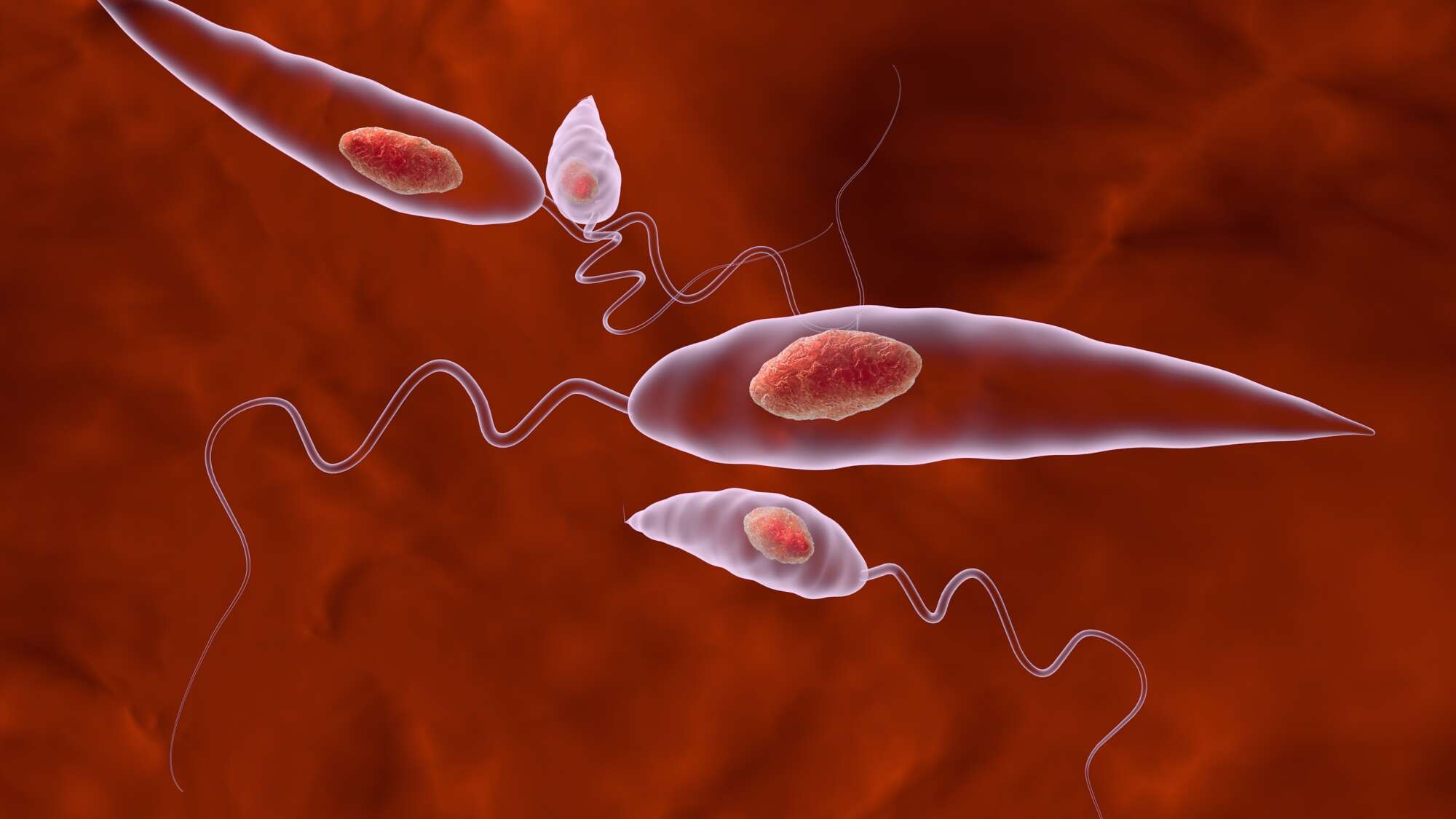In the quiet corridors of the Institute of Tropical Medicine (ITM) in Antwerp, Belgium, Dr. Malgorzata “Gosia” Domagalska is leading the fight against one of the world’s most neglected yet devastating diseases: leishmaniasis. As head of ITM’s newly established Unit of Experimental Parasitology, she has dedicated her career to understanding how parasites adapt, survive, and outwit medicine.

Institute of Tropical Medicine
Domagalska’s path to parasitology was anything but straightforward. Trained as a geneticist, she earned her PhD in Plant Genetics at the Max Planck Institute in Cologne, followed by a Marie Curie Fellowship at the University of York. Early on, her research focused on plant development and hormones. But a shift came when she joined ITM in 2015: “This work is compelling not just scientifically, but socially,” she has said.
Her research now centers on the molecular survival strategies of Leishmania, using single-cell sequencing and molecular genetics to unravel how these parasites respond to drug pressure. Understanding these mechanisms, Domagalska believes, is the key to combating resistance and ultimately saving lives. “These parasites are extremely resilient – we need to understand their adaptive mechanisms to develop strategies that target and disrupt them effectively,” she explains.
For Domagalska, science is inseparable from collaboration. Beyond Antwerp, her network stretches across more than ten endemic countries, from Morocco and Nepal to Peru, India, and Kenya, as well as partners in Europe and North America. “We all share our knowledge with one another to achieve meaningful results,” she says, emphasizing the importance of building sustainable capacity in the regions most affected.
Looking ahead, Domagalska hopes to map the full spectrum of how parasites like Leishmania and Trypanosoma cruzi adapt under stress, especially during drug treatment. Her work is a reminder that science, at its best, is not just about discovery, but about making those discoveries count where they matter most.
*All information obtained from the Institute of Tropical Medicine
Disclaimer: The views and opinions expressed in this interview are those of the interviewees and do not necessarily reflect the views or positions of Public Health Landscape or Valent BioSciences, LLC.
